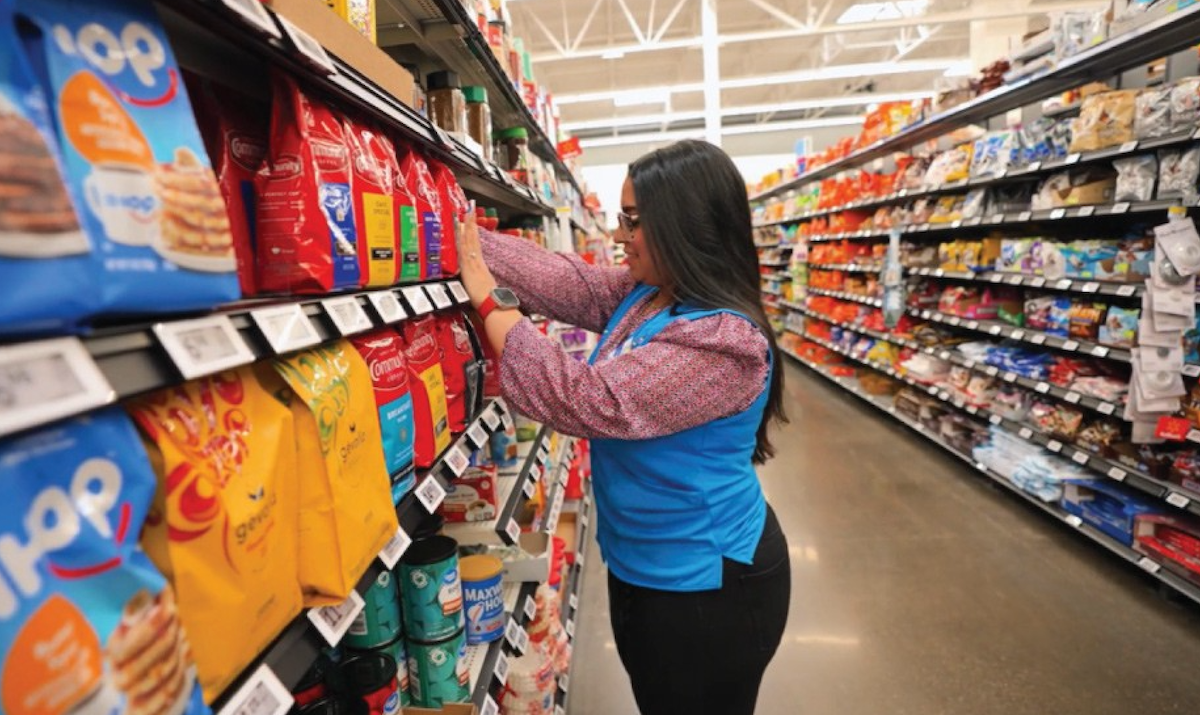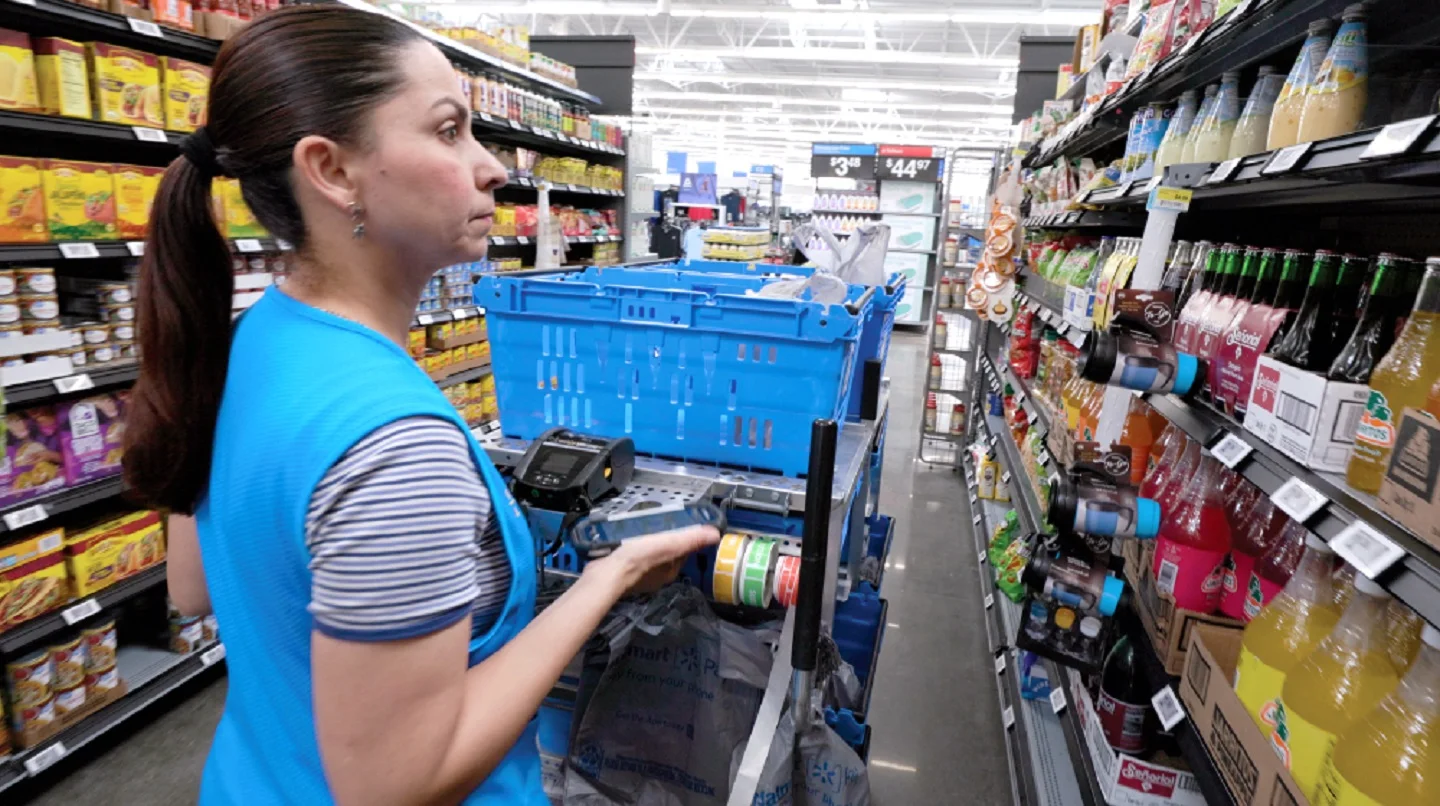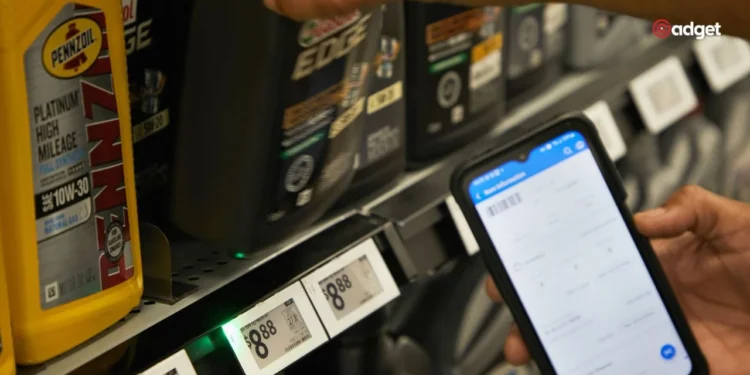Walmart is on the brink of a significant transformation in retail technology. Known for its innovative strides in the shopping experience—from self-checkout stations to smart grocery carts—Walmart is now bidding farewell to the traditional paper price tags. In a move poised to reshape the retail landscape, Walmart announced the introduction of digital shelf labels across its stores.
This transition to digital labels represents more than just a technological upgrade; it signals a shift towards greater efficiency and enhanced customer service. With the old system, updating the price of an item on a shelf could take employees about two days. However, the new digital system enables updates across all Walmart products within minutes.

The Technology Behind the Transition
Developed by Vusion Group, these digital labels are set to revolutionize how Walmart manages pricing and inventory. “Digital shelf labels allow us to update prices at the shelf using a mobile app, reducing the need to walk around the store to change paper tags by hand and giving us more time to support customers in the store,” Walmart explained in a recent press release.
This system not only speeds up the pricing updates but also helps in maintaining better stock levels. Through a feature called “Stock to Light” on the app, store associates can quickly identify and address areas that need restocking, reducing the chances of encountering empty shelves—a common frustration for shoppers.

Addressing Consumer Concerns
Despite the clear benefits, the introduction of digital pricing technology raises concerns among consumers about the potential for “surge pricing” or “dynamic pricing.” This pricing strategy adjusts prices based on real-time demand, a concept that has been met with resistance in other sectors.
Walmart Senior Vice President of Transformation and Innovation, Greg Cathey, addressed these concerns at the company’s annual shareholder meeting. “It is absolutely not going to be one hour it is this price, and the next hour it is not,” Cathey assured, dispelling fears of frequent price fluctuations.
Industry Trends and Consumer Reactions
The move by company follows similar initiatives by other retailers like Kohl’s, which has already implemented digital price tags resembling those of a digital watch. However, the concept of dynamic pricing remains contentious. Earlier this year, Wendy’s faced backlash after announcing plans to test dynamic pricing, with customers accusing the company of greed on social media platforms.

Walmart has tested the digital shelf labels in a Texas store, yielding positive outcomes. Encouraged by these results, the retailer plans to expand the technology to 2,300 stores by 2026. This rollout is part of Walmart’s broader strategy to enhance shopping convenience and operational efficiency through technology.
As the retail landscape continues to evolve, Company’s shift towards digital pricing and inventory management reflects a forward-thinking approach designed to meet the changing needs of customers while staying ahead in the competitive retail market. By integrating modern technology into everyday operations, Company not only improves its own processes but also sets a new standard for the retail industry.









